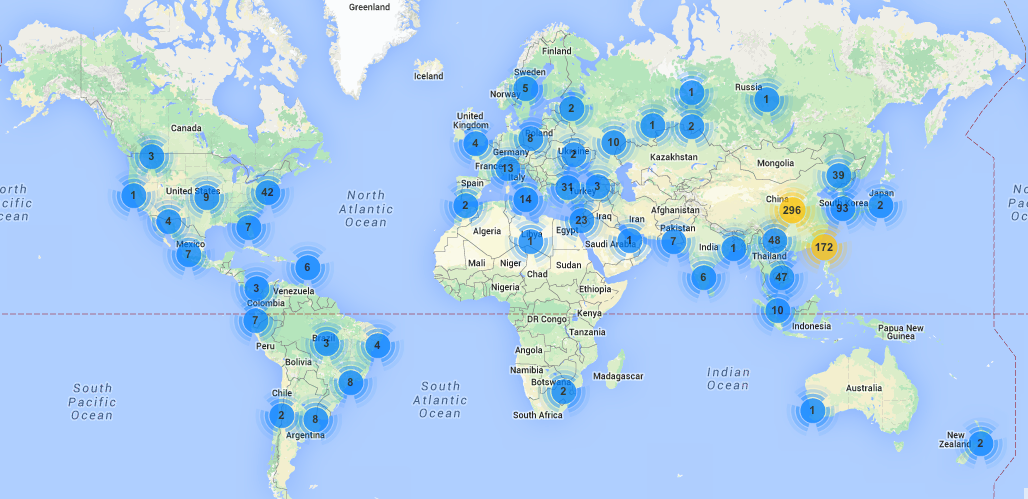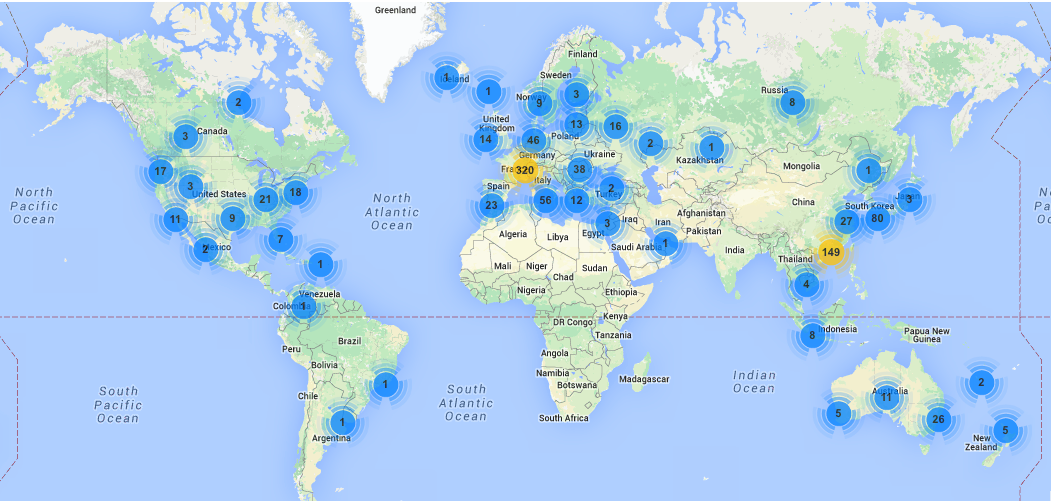Hey, you, get off my digital lawn and put down my binary flamingos!!!!!
If you have been living under an online rock these last couple of weeks, then you might have missed all of the news and hype about the threats to your SSL traffic. It seems that some folks, like Lenovo and Comodo, for example, have been caught with their hands in your cookie jar. (or at least your certificate jar, but cookie jars seem like more of a thing…)
First, we had Superfish, then PrivDog. Now researchers are saying that more and more examples of that same code being used are starting to emerge across a plethora of products and software tools.
That’s a LOT of people, organizations and applications playing with my (and your) SSL traffic. What is an aging infosec curmudgeon to do except take to the Twitters to complain? 🙂
There’s a lot of advice out there, and if you are one of the folks impacted by Superfish and/or PrivDog directly, it is likely a good time to go fix that stuff. It also might be worth keeping an eye on for a while and cleaning up any of the other applications that are starting to be outed for the same bad behaviors.
In the meantime, if you are a privacy or compliance person for a living, feel free to drop us a line on Twitter (@lbhuston, @microsolved) and let us know what your organization is doing about these issues. How is the idea of prevalent man-in-the-middle attacks against your compliance-focused data and applications sitting with your security team? You got this, right? 🙂
As always, thanks for reading, and we look forward to hearing more about your thoughts on the impacts of SSL tampering on Twitter!



